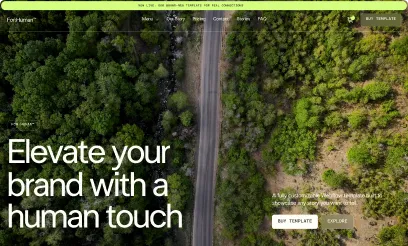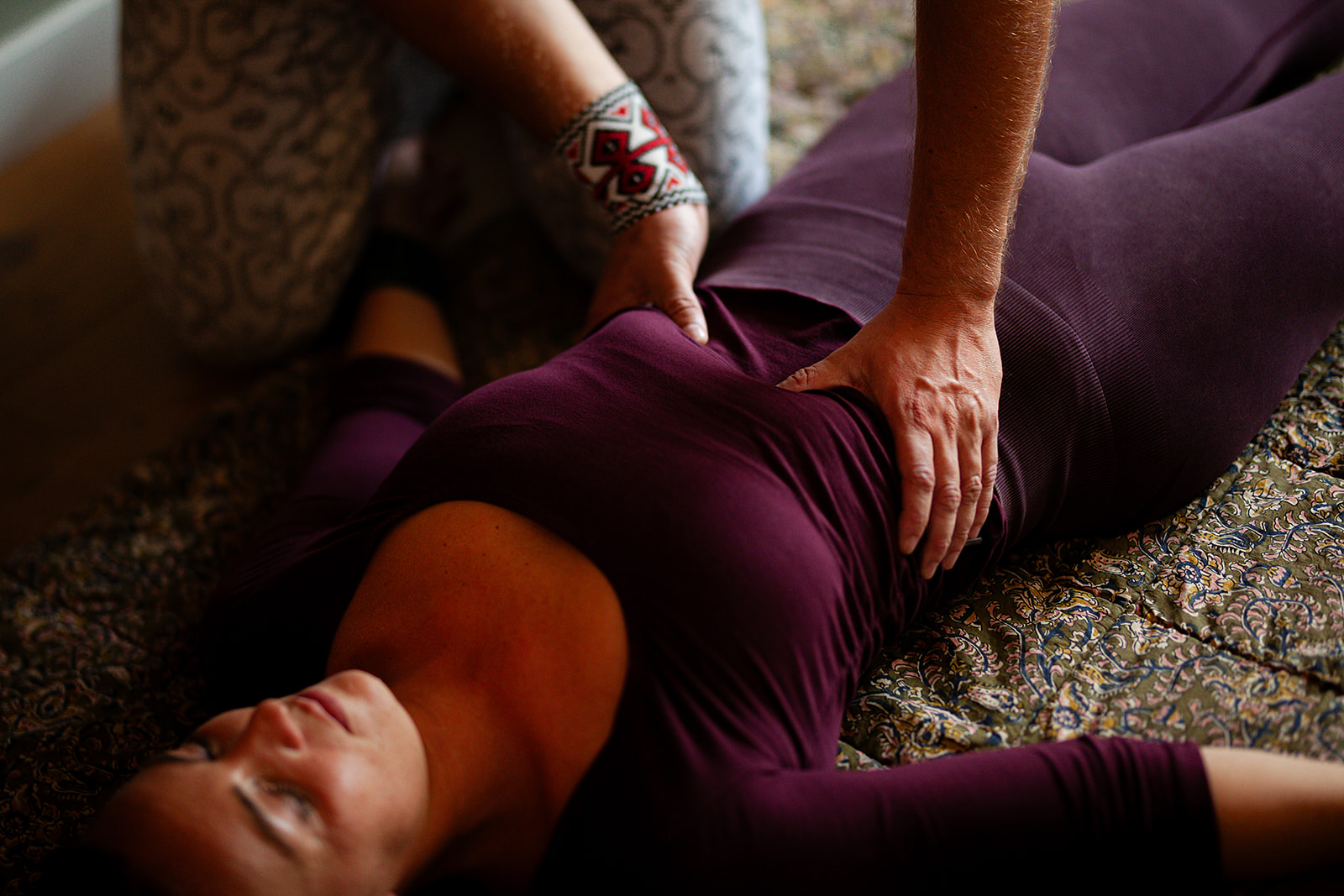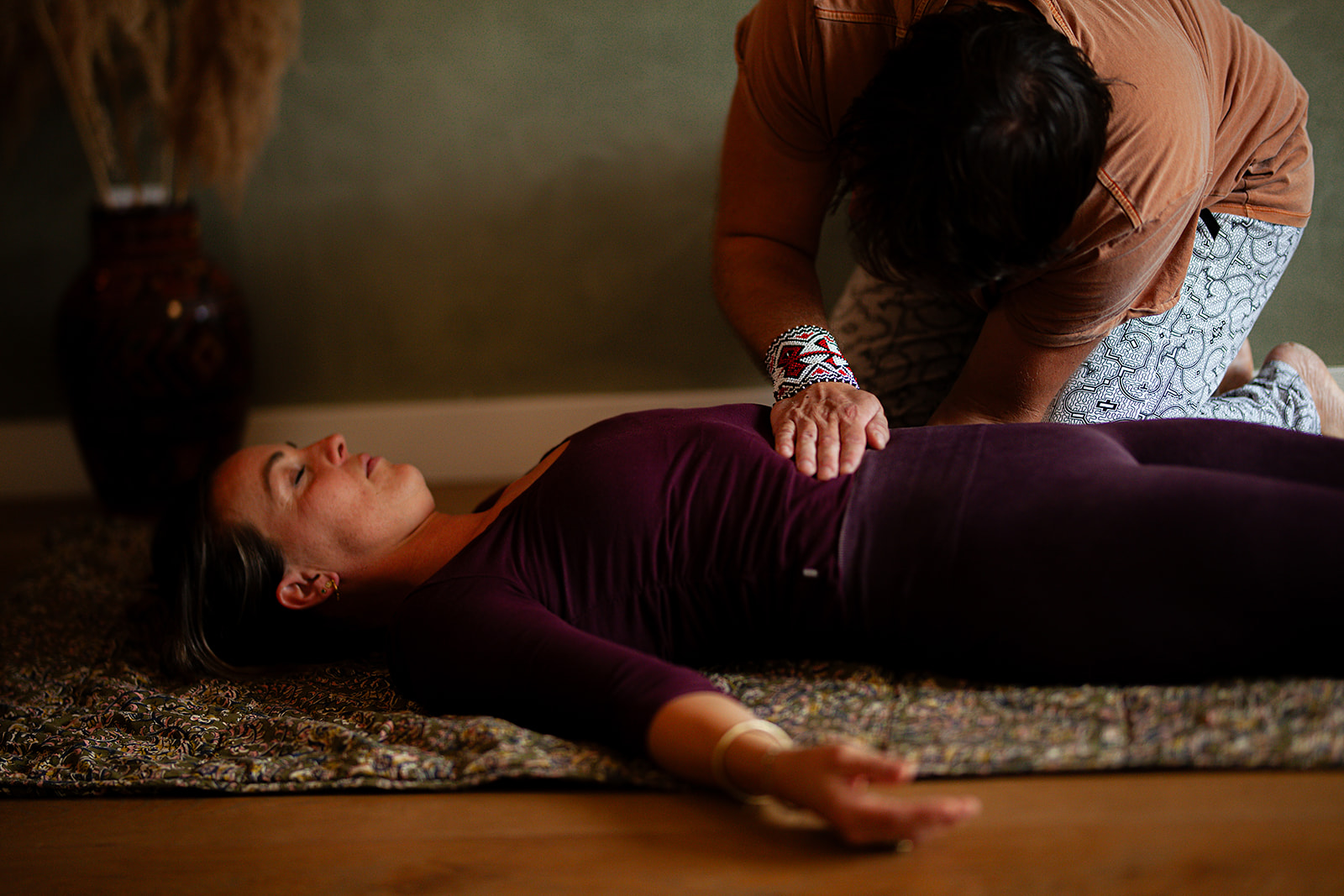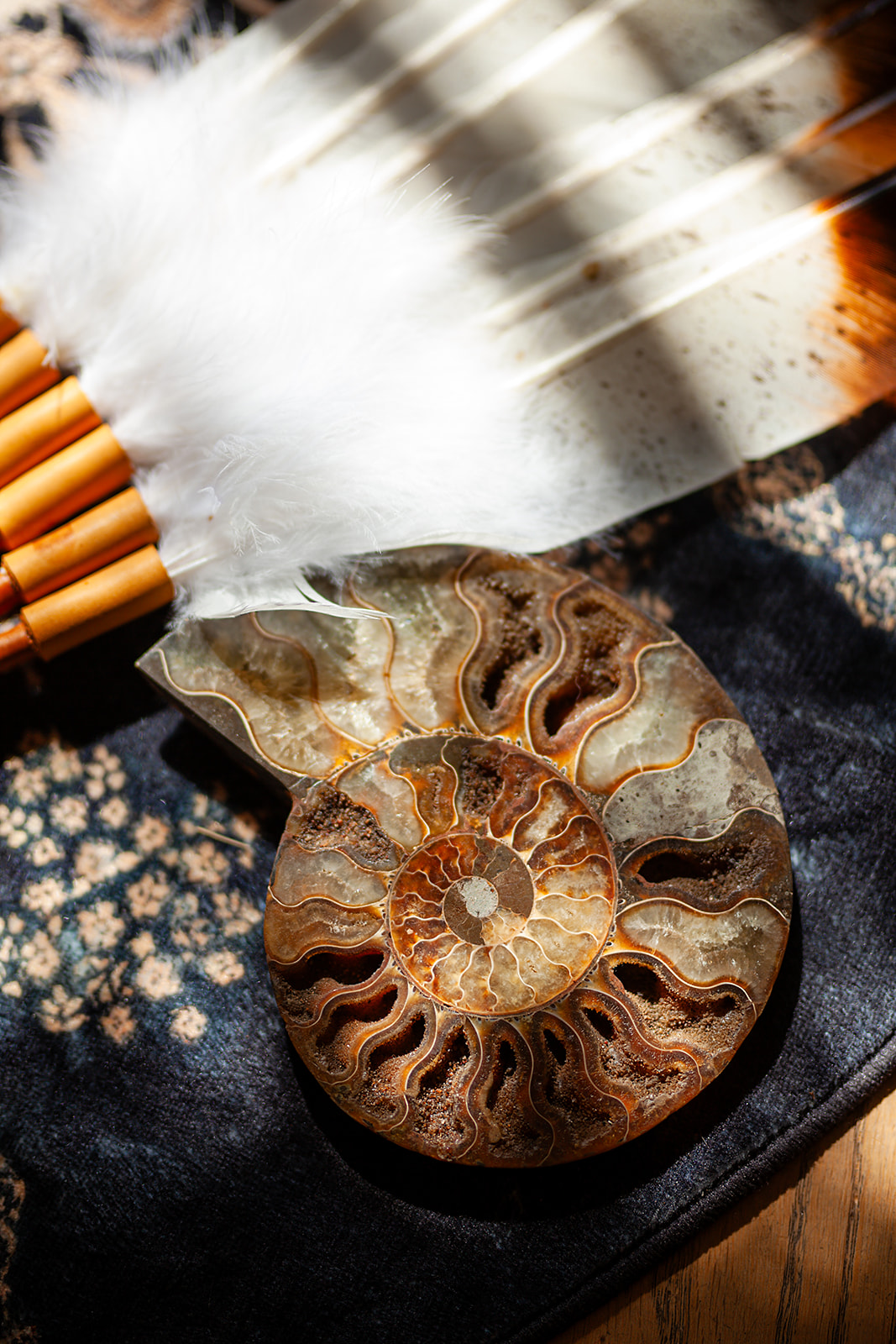

Menu
Company
Offerings
Template
Contact & others

Share your brand vision
Buy Template

Your breath tells a story. The way you breathe often says more than words — about how you feel, what you hold on to, and how much space you allow yourself. That’s why we always begin by observing your functional breathing — the way you breathe in daily life. Sometimes the process first asks for restoring balance here, or releasing tension through body-oriented work, gentle touch, or simple release exercises.
From that foundation, we guide you step by step toward the connected breath. This is a powerful technique in which the in- and exhalation flow together without pause. It brings energy and oxygen deeper into the system, allowing layers thatare usually out of reach to be touched. Old emotions, physical tension, or even memories can surface, while at the same time there is space for calm, clarity, and connection with yourself — sometimes reaching beyond ordinary awareness.

Breathwork at So Alegria is a personal process that can range from soft and subtle to powerful and transformative. In a one-on-one session, there is space for attuned guidance: we feel into your breathing, work with de-armoring points and energy lines, and support through touch. This can be confronting, but also deeply liberating.
We also offer breathwork in other forms, such as breath circles — group sessions where you breathe in a shared field and experience the power of collective energy. There is less personal guidance, yet the sense of connection can deepen the process. Breath can also be integrated into other sessions or ceremonies, where we may not always work with the connected breath, but instead with softer, regulating, or supportive breathing techniques.
A breathwork session can be profound, and good preparation helps you meet it consciously. See it as time devoted entirely to yourself. It can be helpful to take a moment beforehand to reflect on an intention — something you wish to explore, release, or invite in. This doesn’t have to be a clear theme; even a single word or feeling can offer direction.

On the day of the session, we recommend eating lightly so your body is not full and your energy can flow toward your breath and process. Avoid alcohol or stimulants, as these affect your breathing and body awareness. Comfortable clothing helps you move freely and relax fully.
Afterwards, your body and mind may still be processing. You might feel clear and uplifted, or tired and emotional. Give yourself time for gentle aftercare: drink plenty of water, rest, and avoid scheduling too much right after the session. A quiet walk in nature or listening to calming music can help you ground again. Many people find it valuable to write, draw, or share about their experience, allowing it to integrate more deeply.
Breathwork can open you, shake you up, or soften you. It’s a process that continues to unfold — often for days after. By giving yourself time and care, you invite the insights and feelings to truly become part of your life.